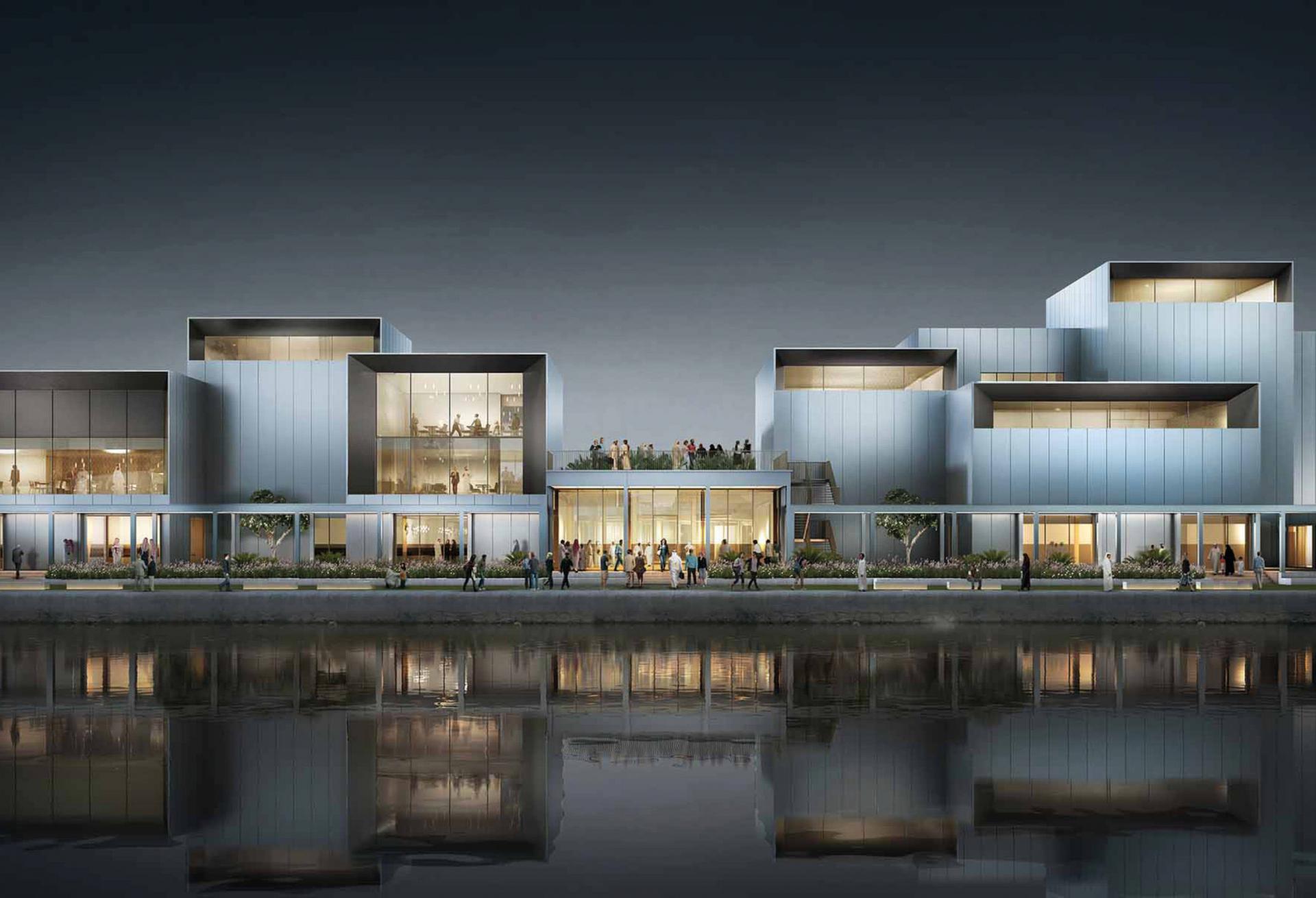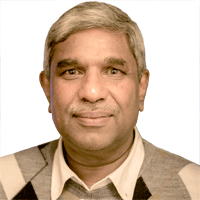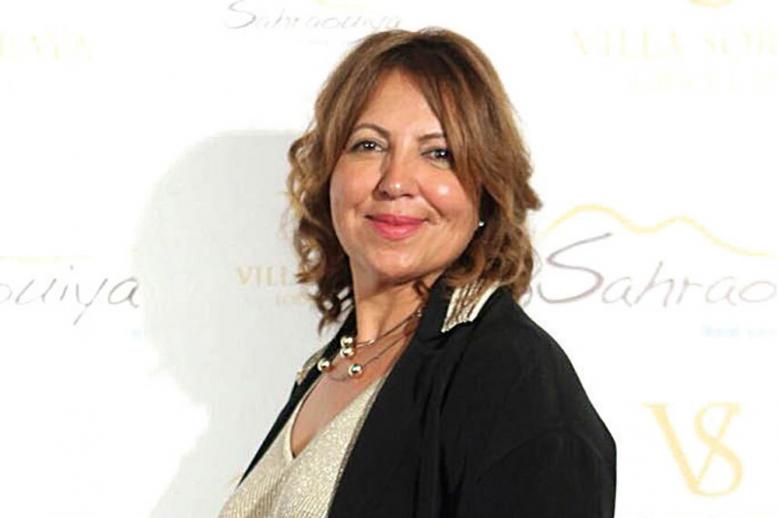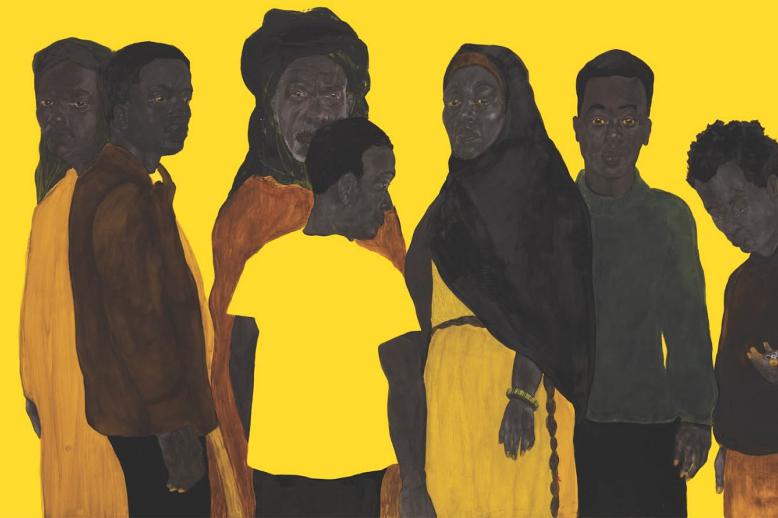Dubai’s new arts centre aims to be ‘innovative cultural hub’
DUBAI - Art Jameel, the Saudi-based independent organisation that supports arts, education and heritage in the Middle East, is opening the Jameel Arts Centre in Dubai on November 11, the first non-governmental contemporary arts institution in the Gulf area.
The 10,000-sq.-metre, three-storey, multidisciplinary space designed by UK-based Serie Architects, is meant to expand the public’s engagement with Art Jameel collection and library and present museum-quality exhibitions in partnership with local, regional and global collaborators.
“Through new commissions of immersive works, a dedicated research space and ongoing public programming for many communities of all ages, Jameel Arts Centre aims to be a truly innovative new cultural hub,” said Art Jameel Director Antonia Carver.
At the tip of Dubai’s Culture Village, overlooking the Dubai Creek, Jameel Arts is unique in its position and multifunctional in design.
Christopher Lee, lead architect at Serie Architects, said the building was conceived as a series of boxes of varying dimensions that are bound together by a one-storey colonnade. “This allows maximum curatorial potential for exhibitions, which can take place in intimate spaces for smaller works or large galleries that can house bigger sculptures,” Lee said.
The Serie Architects practice is known for the study of building typology and its evolution.
Lee said: “To work in series is to be able to recognise and detect shared characteristics in any object or situation that we are analysing and to then project these shared qualities and intelligence into new solutions. It’s pattern recognition in architectural knowledge.”
The key concept for the Jameel Arts Centre, he said, is based on lessons drawn from the scale of a house and the scale of the city.
“If you look at the Sha’abi houses (Emirati local houses), you’ll see that they were based on the accumulations of rooms around a courtyard,” Lee said. “On a larger scale, the Madinat (city) is an accumulation of houses with courtyards. The architecture that we tried to create here for the Jameel Art Centre thus is formed out of a series of rooms huddling around courtyards.”
Lee said there was “a close working relationship” with his clients from the beginning to construction of the centre. One of the issues debated was the balance between a certain image of abstract and timelessness that is contextual as well as contemporary.
Lee said the gardens of the final design “are the very special moments within the courtyards of the project.”
“In this project, each gallery faces at least one courtyard so that the experience of art is always alternated with the experience of the gardens,” he added. “Therefore, the garden, designed by Amsterdam-based Anouk Vogel, is conceived as nature’s gallery with beautiful and sculptural desert plants arranged as artefacts in the courtyards.”
One of the main attractions of the Jameel Arts Centre is that it is on the edge of Dubai Creek. The colonnades of the project are designed as a porous interface between the building and the waterfront promenade, inviting people to walk through it and along with it, even if they are not entering the building,” Lee said.
“The courtyards are intended as enchanting gardens that will tempt people to linger on in them, exchanging glances with others and perhaps initiate a conversation. The galleries are also overlaid in such a way that one could see several spaces in one glance — a garden and another room beyond — so that one is aware that one is among others, sharing and participating in the appreciation and making of art,” he said.
Multifunctionality was given prime importance in the design because, Lee said, “monofunctional buildings and neighbourhoods do not create the kind of social friction that is required for creative work.”
The Jameel Arts Centre represents innovative use of material and construction techniques.
Lee said concrete and aluminium cladding were the primary materials in the centre. “We wanted to create a raw and delicate sensuality for the building and tried to express this when these two materials brush up against each other,” he said. “The cladding is also expressed as very thin semi-reflective plates, reflecting the surrounding environment in a hazy mirage. The raw and unadorned concrete colonnade frames all the elements in the building — the galleries, courtyards and entrances.”
The green credentials of the building, its lead architect said, are mainly related to “the composition of the masses, meant to create a degree of self-shading to the courtyards and allow cross ventilation for the rooms if required.”
N.P. Krishna Kumar is an Arab Weekly correspondent in Dubai.
This article was originally published in The Arab Weekly.






